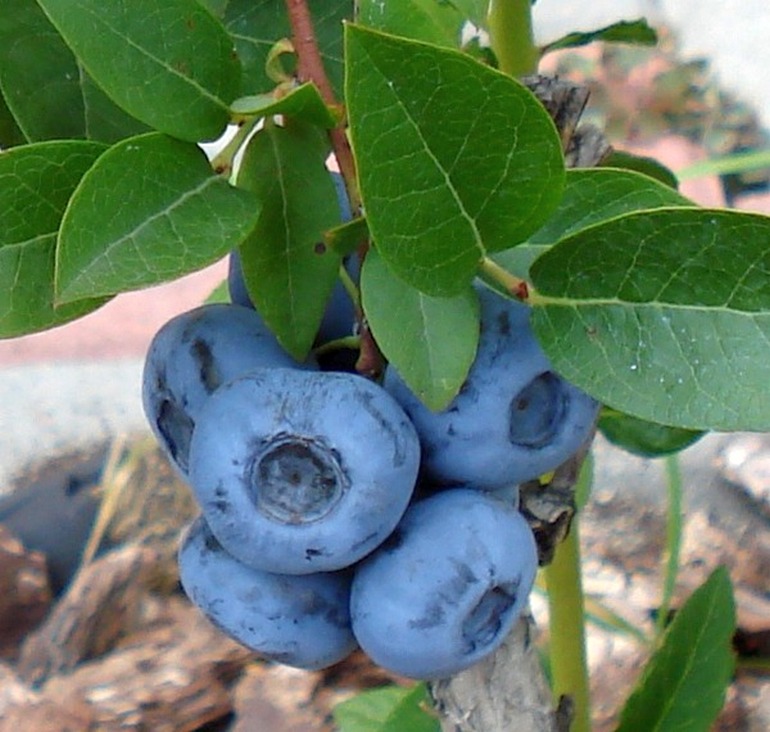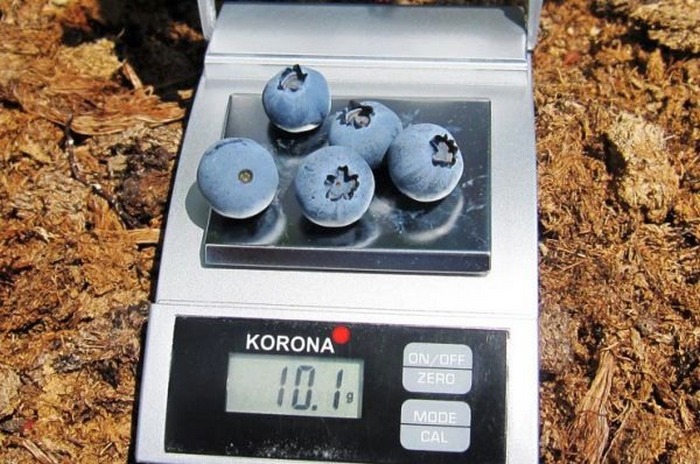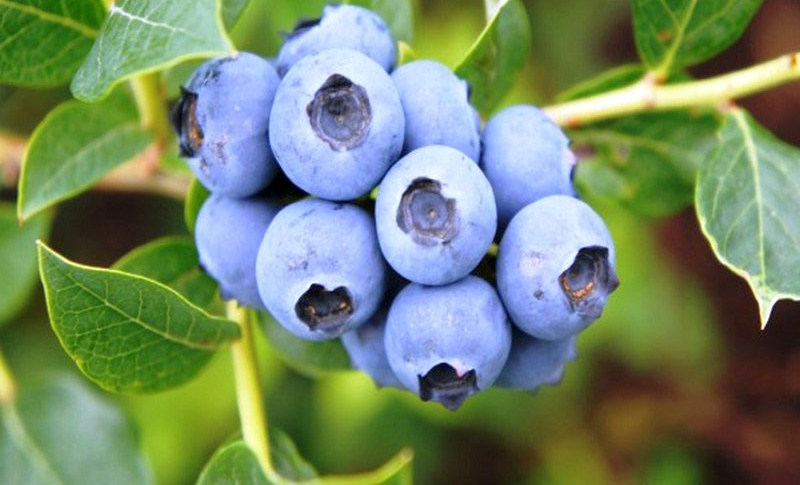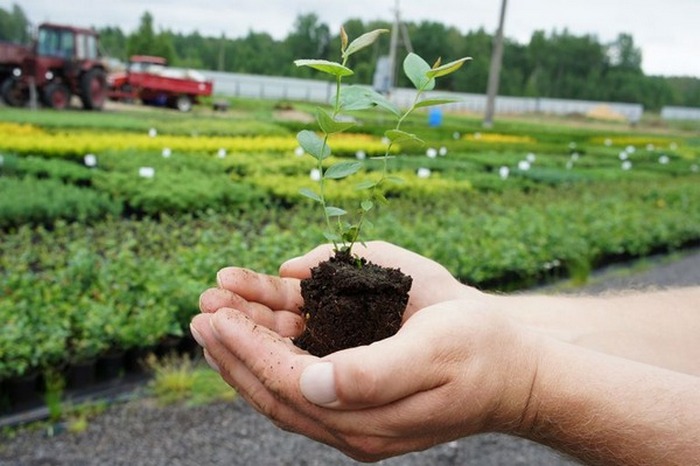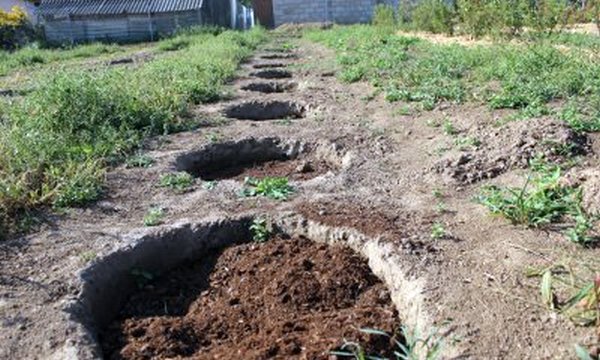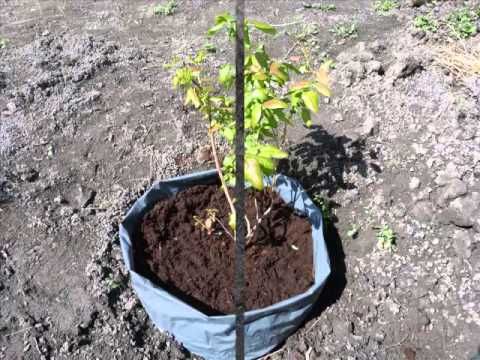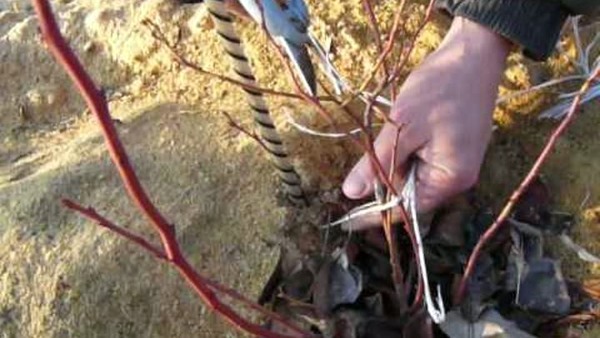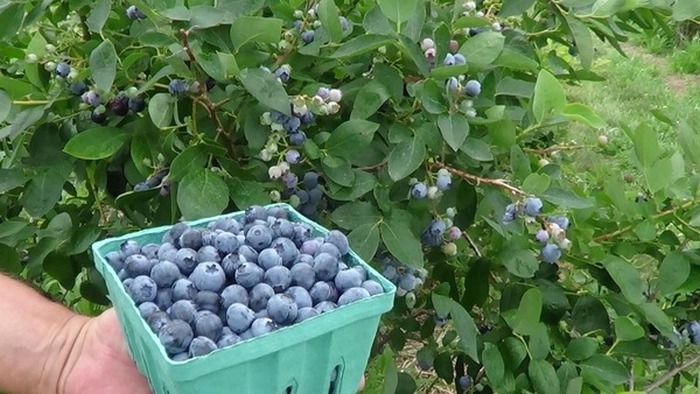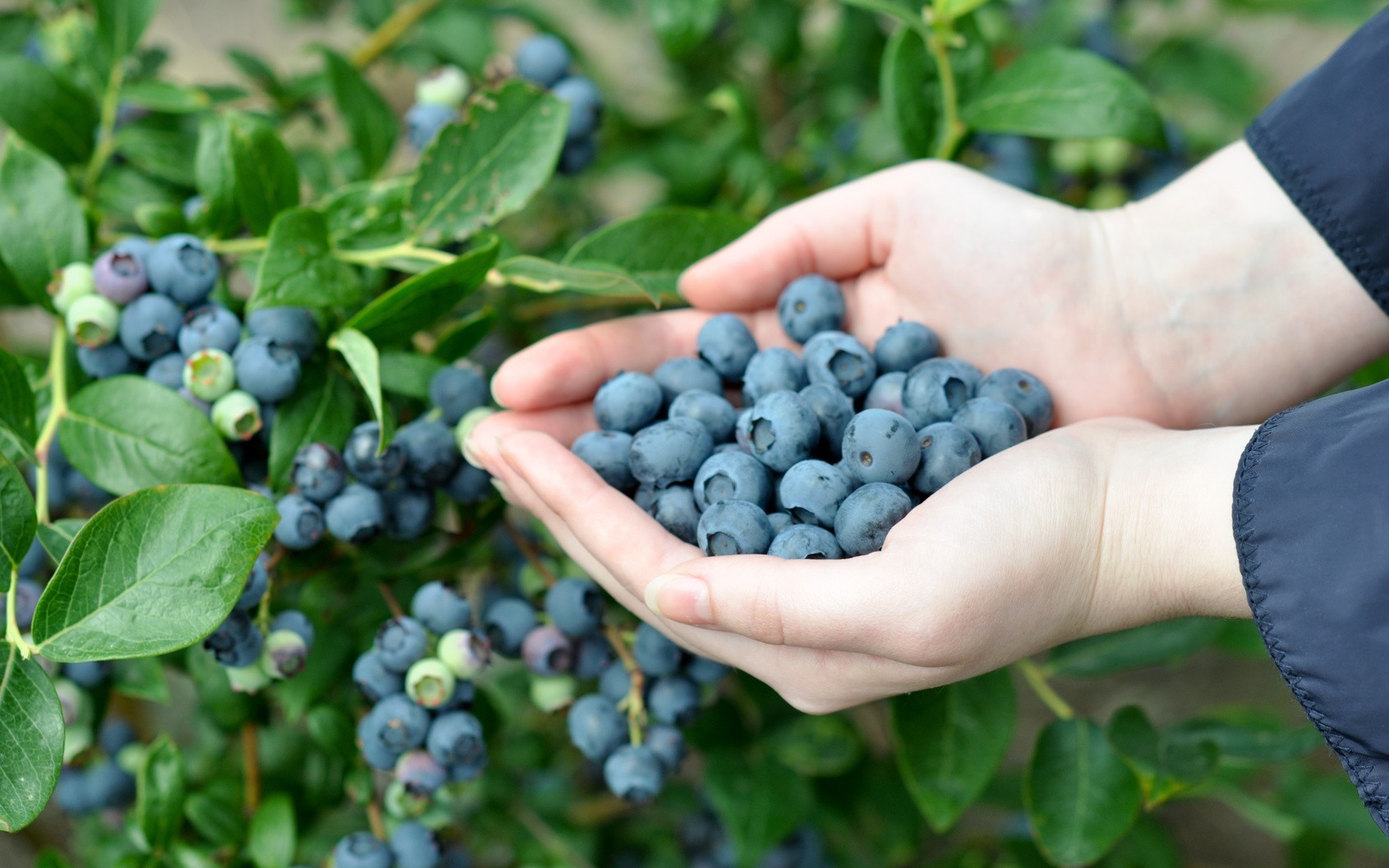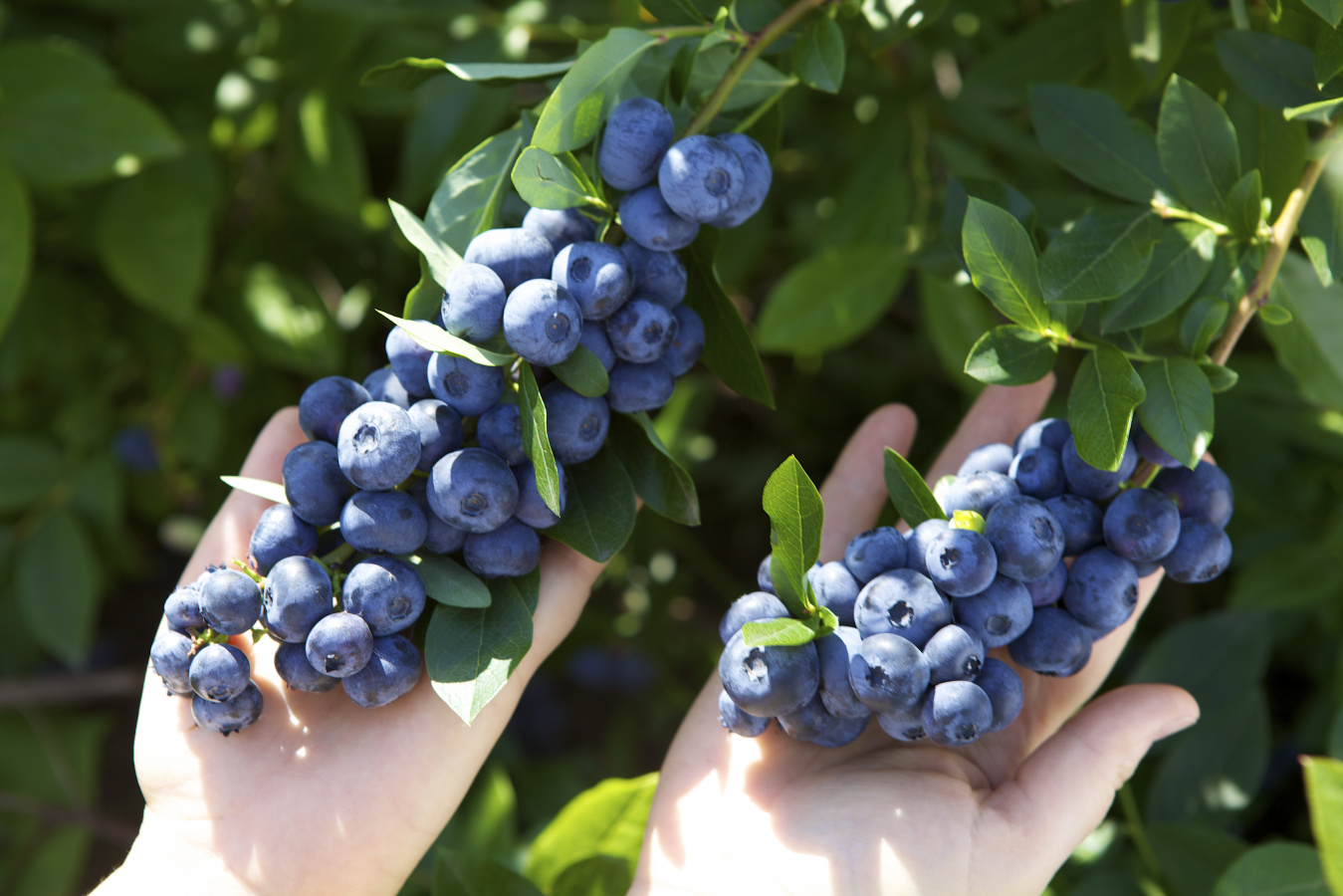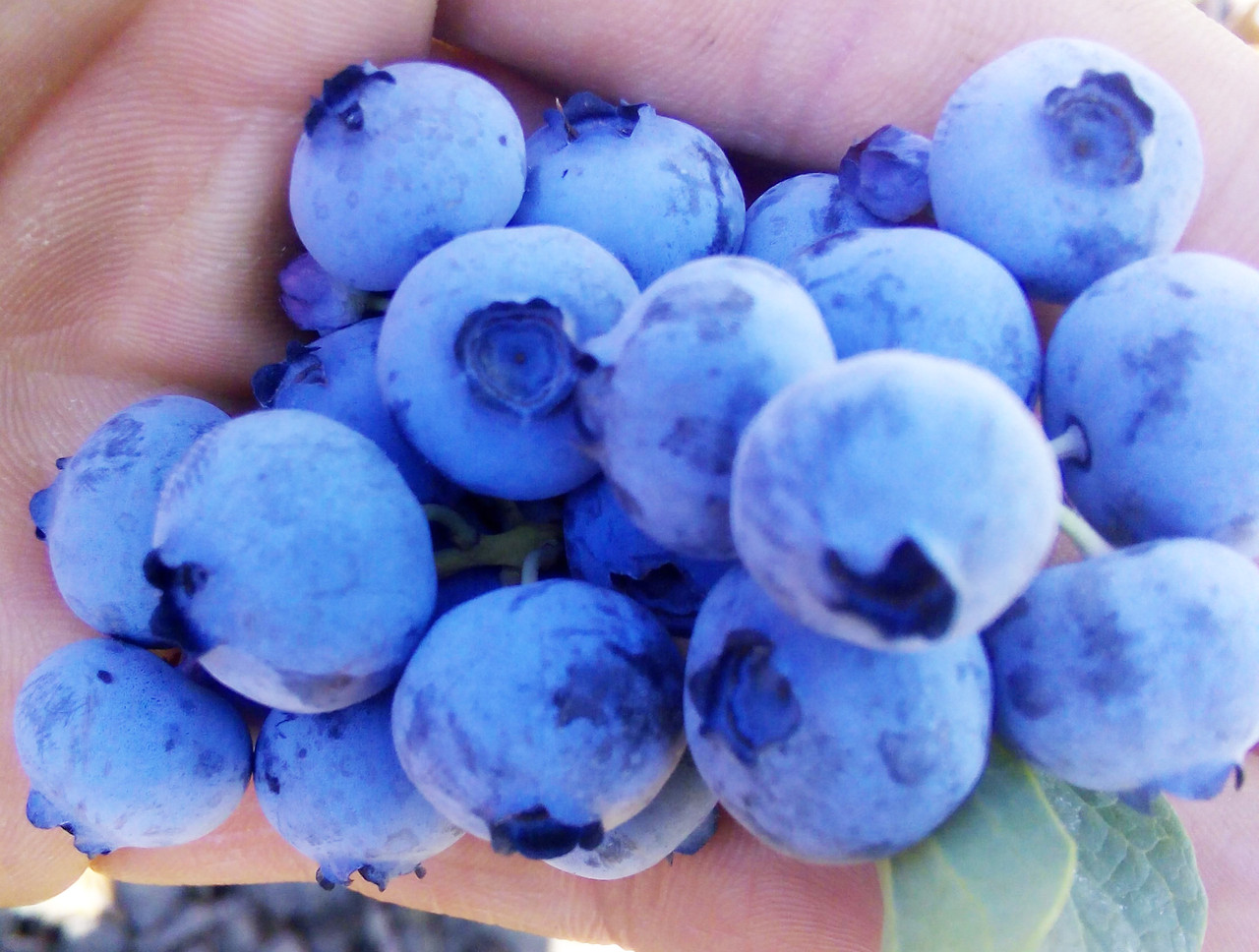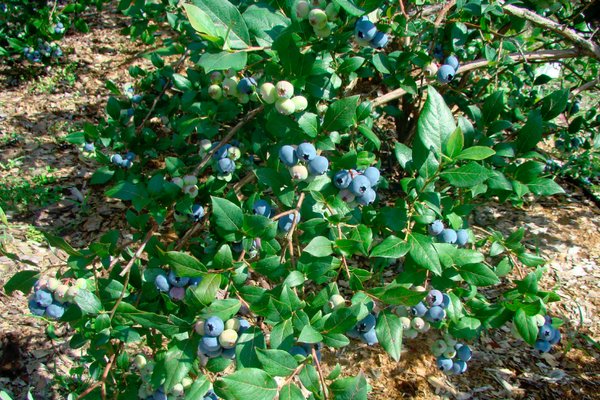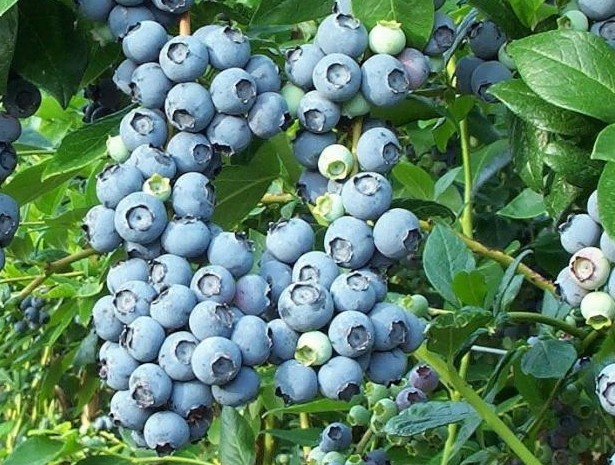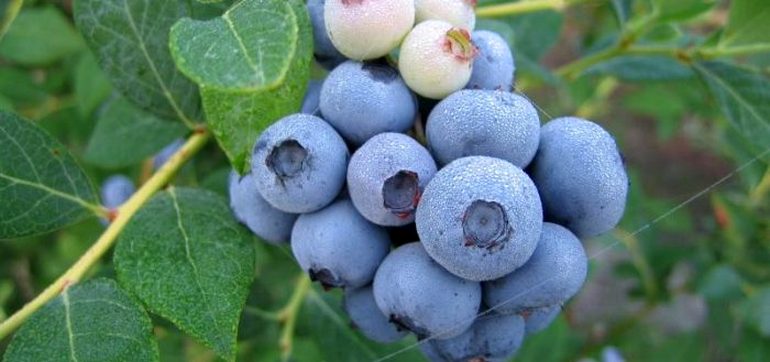Content:
Blueberry is a berry that migrated from the forest to the local areas. It is distinguished by useful qualities that affect the human body. The fruit of the tree has a rich taste and a short ripening period of only 45 days. Among the varieties of fruit and berry crops, Duke blueberry stands out for its ease of care, the quality of the harvest and its resistance to frost.
The history of the creation of the variety
American scientists crossed Ivanhoe and Earley Blue varieties and in 1972 bred a new blueberry variety named Duke. In 1987, the variety was allowed for mass cultivation and included in the register. The culture was attributed to A. Draper, G. Galletta, G. Gelenkovic, N. Vorsa.
Description and characteristics
Duke blueberry bushes are erect and stand out as vigorous. The height of an adult plant can reach an average of 1.6-1.8 m in height. The shrub has many long shoots with short side branches where berries are formed. The bush is raised, wide. Has strong shoots. The shoots give a lot, quickly grows in breadth.
Moderate congestion of the shrub and the absence of branches overloading the structure of the tree, the branches are well ventilated, preventing the formation of diseases of various kinds. It warms up well by the rays of the sun, which allows the berries to fully ripen, gain sweets.
The plant blooms with small faded flowers. Outwardly, they look like bells, a pale pink tone. During budding, they are moderately located on the branches, without overloading the shrub, which gives the blueberry a decorative look. Flowering takes place in May, it is recommended to plant several pollinators for the formation of berries. Canadian blueberry varieties are suitable as a neighborhood: Blue Rose, Northland or Hardy Blue.
Deciduous plates are large in size, rounded, with slight elongation. Sitting tightly on a short petiole, leaves are smooth in structure, shiny in appearance. In spring and summer they have a rich green color. With the onset of autumn, the shade of greenery changes to purple or scarlet.
Fruits are of regular structure, round in shape, large in size, 1.7-2.0 cm in diameter, weighing up to 2.5 grams. The peel is thin, not hard, covered with a waxy bloom. When biting, a characteristic crunch is heard. Up to 6-8 kg are harvested from the shrub. The blueberry berry is considered to be mid or early ripening at the end of July.
The inner flesh is firm, not friable, greenish. The taste is pleasant, without acid; the berries are dessert varieties. They have the ability to transport over long distances, do not deteriorate. They are transported fresh and frozen, do not lose their taste.
When describing the variety, blueberry Duke boasts increased frost resistance. There is a strong drop in temperature to -25 ..- 300C. But in the absence of snow, the tree requires preliminary shelter for the winter. Otherwise, there is a possibility of freezing of the root system.
Landing
For growing on a personal plot, tall blueberries Duke require light, well-drained soils. High soil acidity is preferable - 3.5-5.5 pH. Sandstone or peat bogs are ideal for rooting.If the selected area does not differ in acidity, it is recommended to acidify it: dilute any acid in a volume of 20-30 grams in a bucket of water, spill the soil. Not the entire territory is poured, but only a dug hole to deepen the seedling.
The location is sunny, without penetrating drafts and open areas where the wind is constantly blowing. Do not plant in shady areas, near large fruit and berry crops. They draw moisture and nutrients from the soil, shade a young seedling, preventing it from developing normally.
The best time to plant a young plant is autumn. You need to plant it 30-45 days before the onset of frost, so that the shrub has time to grow young roots, nourish nutrients from the soil and prepare for wintering.
If the seedlings do not have time to get stronger for planting in open ground in the fall, then planting is carried out in the spring. The soil is preliminarily prepared in early autumn. Acidity is measured at the selected site, a depression is dug in the ground, where nitrogen-containing substances are introduced at the rate of 21-30 kg per 1 ha. The volume is regulated by the volume of the nutrient contained in the soil.
Planting a prepared seedling is done in two ways:
- Shrub - holes are dug at a distance of 1.5 m from each other. The depth of the holes in the ground is 40 cm, with a diameter of 80 cm;
- Trench - with a large number of seedlings, planting is carried out at a distance of 50 cm, to a depth of 40 cm, in rows. The distance between the landing lines is 2-2.5 m.
A drainage layer is laid out in the pit. Following is a fertile layer of earth or peat mixed with sawdust and fallen needles and pine bark. The soil is spilled with acid-added water. Before rooting, the plant is left in a rooting stimulator for 2 hours.
After the rhizomes are gently straightened in different directions and installed in a recess, they are covered with earth. The root collar of the seedling is placed under the ground by 4-5 cm.Next, you need to shed a large volume of water, let it soak and mulch the trunk circle, with a mulch thickness of 10 cm.
Cultivation rules of the variety
Blueberries duke require abundant watering, the fruiting and health of the plant depend on it. The introduction of nutrient moisture is carried out 2 times in 7 days. For each bush, 10 liters of water is spent. With the formation of buds and the formation of berries, watering increases.
Duke blueberries do not require feeding with organic matter such as manure, poultry droppings or compost. Fertilizers stimulate deoxidation, which leads to the death of the shrub.
In the first year, the bush is not fed. In subsequent years, minerals are introduced:
- Before flowering - urea and ammonium sulfate, 30 and 40 grams each. per 1 m2, respectively;
- When forming berries - superphosphate in a volume of 100 g., Potassium salt - 30 g. per m2.
Pruning is carried out only at the 3rd year of life, due to the slow development of the ground part.
Formative pruning is carried out: a blind growth that does not give flower buds, branches thickening the bush, and old drooping shoots are cut out. Leave from the total mass 5 of the largest, the rest are removed. It is necessary to control the degree of pruning - excessive removal of shoots leads to a lack of fruit.
Diseases and pests
Duk tall blueberries are considered early ripening. The main problem with growing is the damage to the tree by diseases:
- Late blight;
- Gray rot;
- Stem cancer;
- Phomopsis wilting;
- Monilial burn.
To prevent or when a disease occurs, it is recommended to irrigate the deciduous cover of the shrub with systemic fungicides. These drugs include Gaupsin, Fitodoctor, Mikosano-V. As a preventive measure, the effect is carried out immediately after spring pruning.
There are such types of pests that often settle on plant foliage: leafworm, aphid or May beetle. To prevent their appearance and as a fight, Fufanol, Antichrushch, Aktellik and Aktara are used.
Advantages and disadvantages
For the expediency of planting in a personal plot, it is worth highlighting the main advantages and disadvantages of the variety. The pluses include:
- Increased productivity - picking berries from a bush reaches 8 kg;
- Maturity - early, fruits are ready by the end of June;
- Increased portability - not damaged during transportation;
- The variety is frost-resistant - it can withstand temperatures down to -300C.
The disadvantage of growing blueberries is the short storage time. The berry absorbs odors and, when used, gives off a specific taste. The storage time of the harvested fruits should not exceed 2 weeks. Requires increased care, especially watering.
Thus, Duke blueberry is an early variety with large berries and a distinctive flavor. The berry is used for freezing and fresh consumption, as well as for making jam.
